Introduction
Navigating the expansive intersection of road and rail systems is a critical consideration for any logistics and transportation operation. Unfortunately, the precarious scenario where semi-trailers become immobilized on railway tracks is a concern that can lead to catastrophic incidents, resulting in freight loss, injuries, and substantial legal ramifications. This article explores the multifaceted reasons behind semi-trailers getting stuck on railway tracks, providing a detailed examination of the underlying factors, preventive measures, and best practices to ensure safe transport.
Understanding Semi-Trailer Dynamics

1. Definition and Structure
Semi-trailers are non-motorized units designed for cargo transportation, characterized by their unique attachment to a tractor unit. Their structural integrity is often at the core of various operational challenges, particularly when they encounter obstructions such as railway tracks.
| Component | Description |
|---|---|
| Chassis | The framework supporting the trailer |
| Axles | Pivotal elements affecting maneuverability |
| Loading Platform | Area where cargo is secured |
| Coupling Device | Mechanism connecting trailer to tractor |
2. Weight Distribution
Understanding how weight is distributed across a semi-trailer can illuminate factors that contribute to becoming stuck. Improper loading can shift the center of gravity, increasing the likelihood of the trailer experiencing stability issues, particularly at inclines or when crossing railway tracks.
3. Ground Clearance
The ground clearance of semi-trailers plays a critical role in their ability to navigate uneven terrains, including railway crossings where elevation changes may occur. A low ground clearance may lead to undercarriage drag, hindering movement over tracks.

Common Scenarios Leading to Stuck Semi-Trailers
Inadequate Awareness at Crossings
Semi-trailer drivers must be adept at recognizing and responding to railway crossings. Failure to heed warning signs or underestimate crossing angles often results in stuck trailers.Timing and Speed Miscalculations
Speed is a crucial factor when approaching railway tracks. If the vehicle is unable to accelerate sufficiently or misjudges the timing to clear the crossing, it can become lodged on the track.Environmental Factors
Rain, snow, or flood conditions can significantly affect traction and visibility. Slippery road surfaces can lead to sudden skids, causing a semi-trailer to stall or become stuck precisely at the crossing point.Mechanical Failures
Brake malfunctions, tire blowouts, or axle failures are not uncommon in long hauls. If a semi-trailer experiences an unexpected mechanical failure while crossing a track, the risk of becoming stuck increases exponentially.
Table 1: Comparative Analysis of Factors Leading to Stuck Semi-Trailers
| Factor | Probability of Causing Stuck Trailer |
|---|---|
| Driver Inattention | High |
| Improper Loading | Moderate |
| Speed Misjudgment | High |
| Environmental Hazards | Moderate to High |
| Mechanical Failures | Moderate |
The Role of Railway Infrastructure
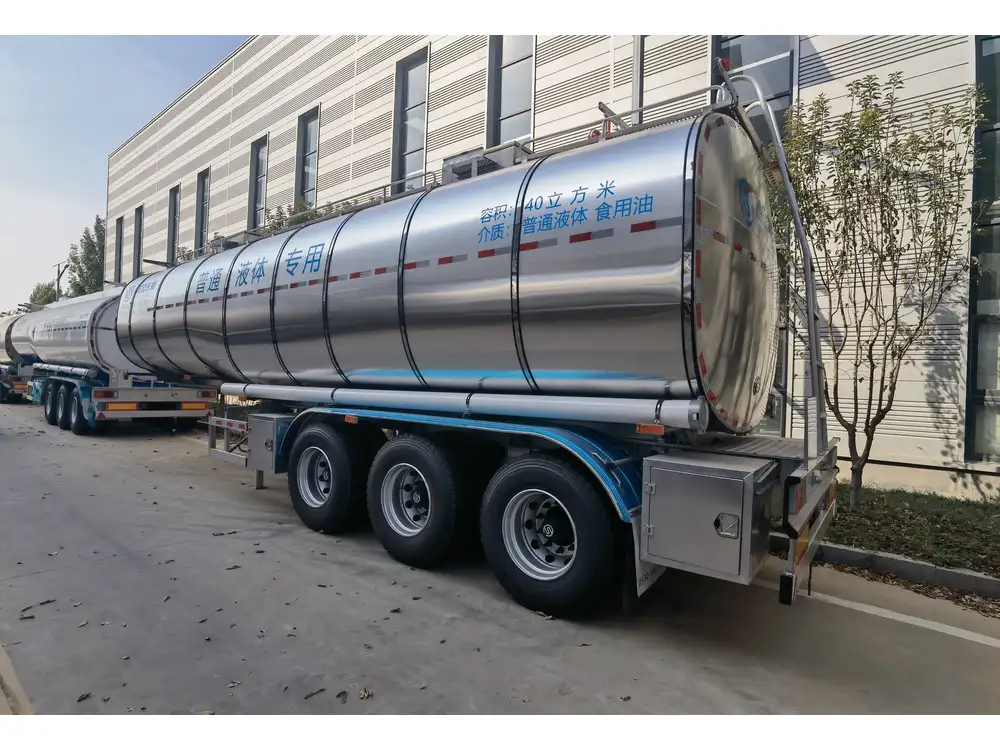
1. Design of Railway Crossings
Railway crossings are engineered for safety, yet improper design—such as steep incline approaches or inadequate signage—can exacerbate the challenges faced by semi-trailer operators. When crossings lack proper height adjustments or safety barriers, they become perilous obstacles.
2. Maintenance of Tracks
Regular railway maintenance is vital to ensure smooth transportation. Bumps, debris, or poorly aligned tracks can present hazardous conditions that may lead to entrapment.
3. Signage and Signals
Comprehensive signage plays an essential role in conveying vital information to drivers. Understandably, failure to install adequate warnings or signal lights can lead to disastrous misjudgments on the part of the drivers as they approach railway crossings.
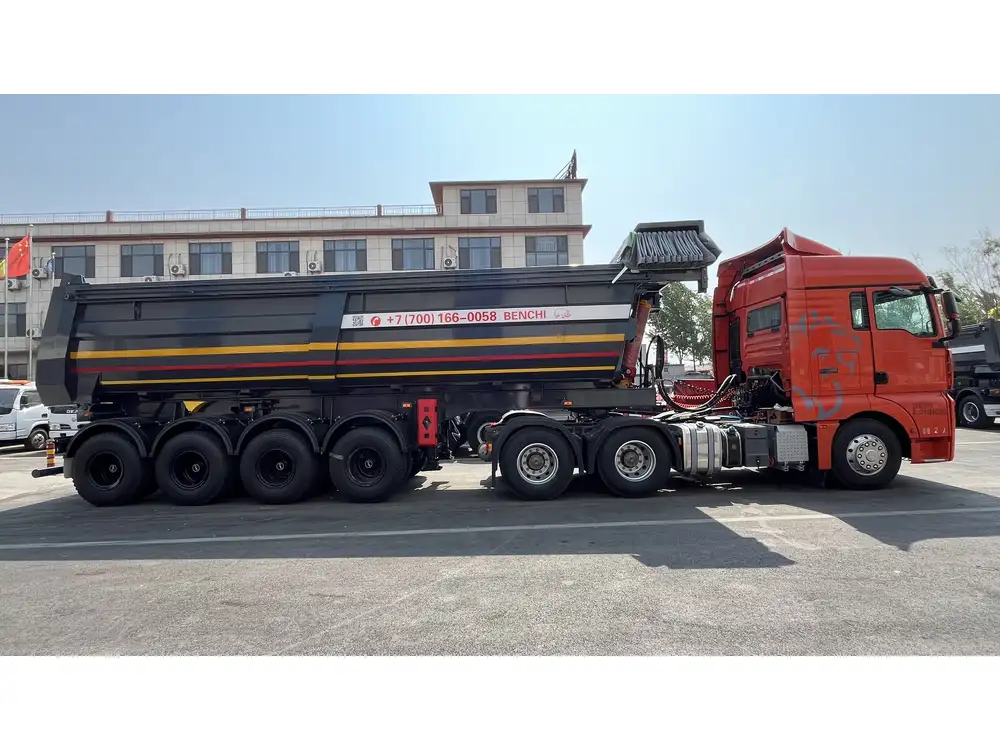
Driver Education and Safety Measures
1. Training Programs
Investing in comprehensive training programs can significantly reduce incidents of semi-trailers getting stuck. Training that emphasizes awareness of (and reaction to) railway crossings can enhance driver competency.
2. Pre-Trip Inspection
Conducting thorough pre-trip inspections can help identify mechanical issues that could impair performance at crucial moments, including railway crossings. Ensuring that braking systems, tire pressure, and vehicle stability are all in optimal condition is paramount.
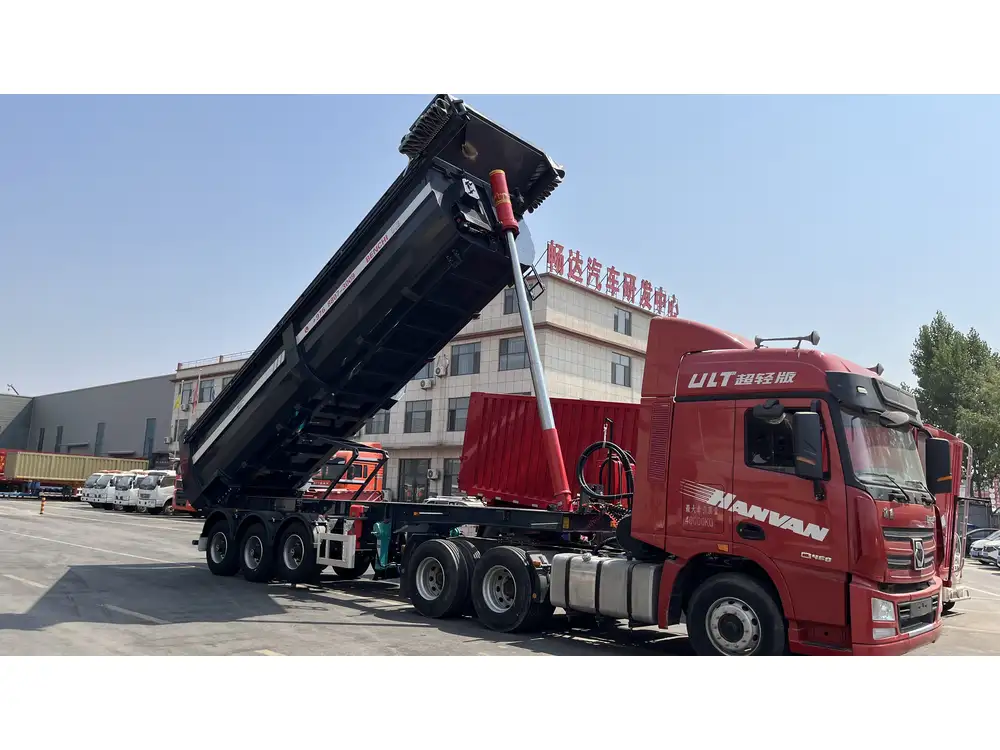
3. Load Management
Proper load management involves securing and distributing cargo evenly throughout the trailer. This distribution minimizes the risk of shifting, enhancing overall vehicle stability and mobility at critical junctures.
Emergency Protocols for Stuck Semi-Trailers
1. Immediate Actions
Should a semi-trailer become stuck on railway tracks, the driver should follow a few key steps immediately:
- Stay Calm: Panicking can lead to ineffective decision-making.
- Alert Authorities: Use emergency signals and/or flares to warn oncoming trains. Immediate notification of local authorities increases the response efficiency.
- Evaluate the Situation: Quickly assess if the vehicle can be moved safely before a train approaches.
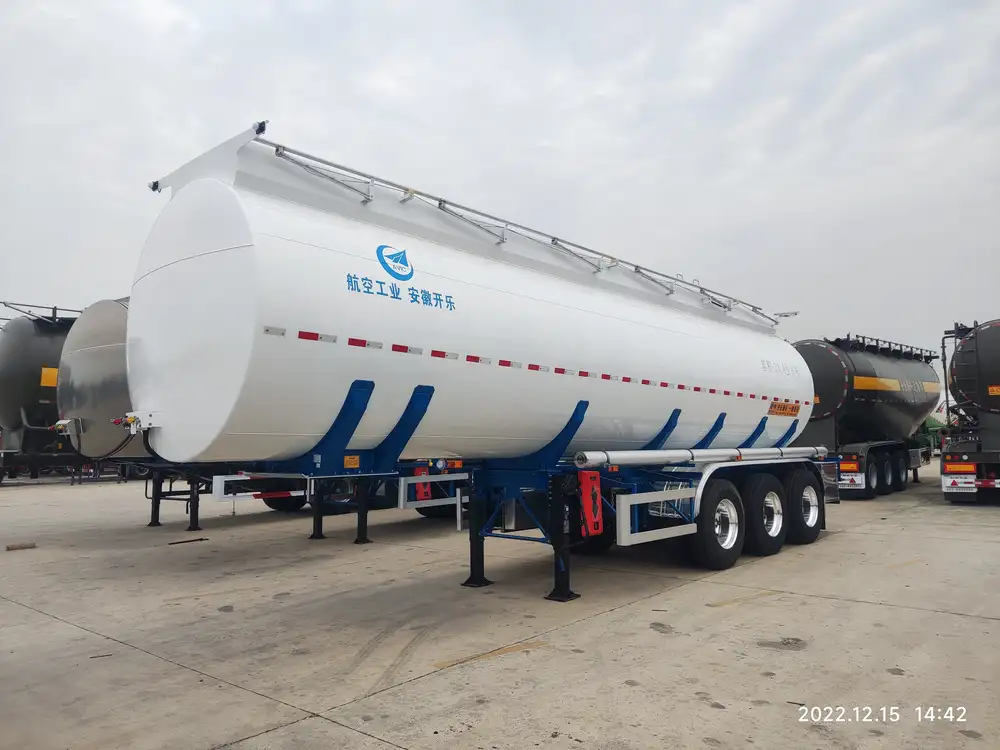
2. Evacuation Procedures
The crew should prioritize safety by evacuating the vehicle, ensuring all individuals move to a safe distance away from the crossing. The designated safety zones should be well-marked and understood by all crew members.
3. Contacting Trains
In high-risk situations, it may be necessary to contact the nearest train authority to halt any approaching trains. Information on the exact location of the stuck trailer must be relayed accurately.
Innovative Solutions to Prevent Stuck Semi-Trailers
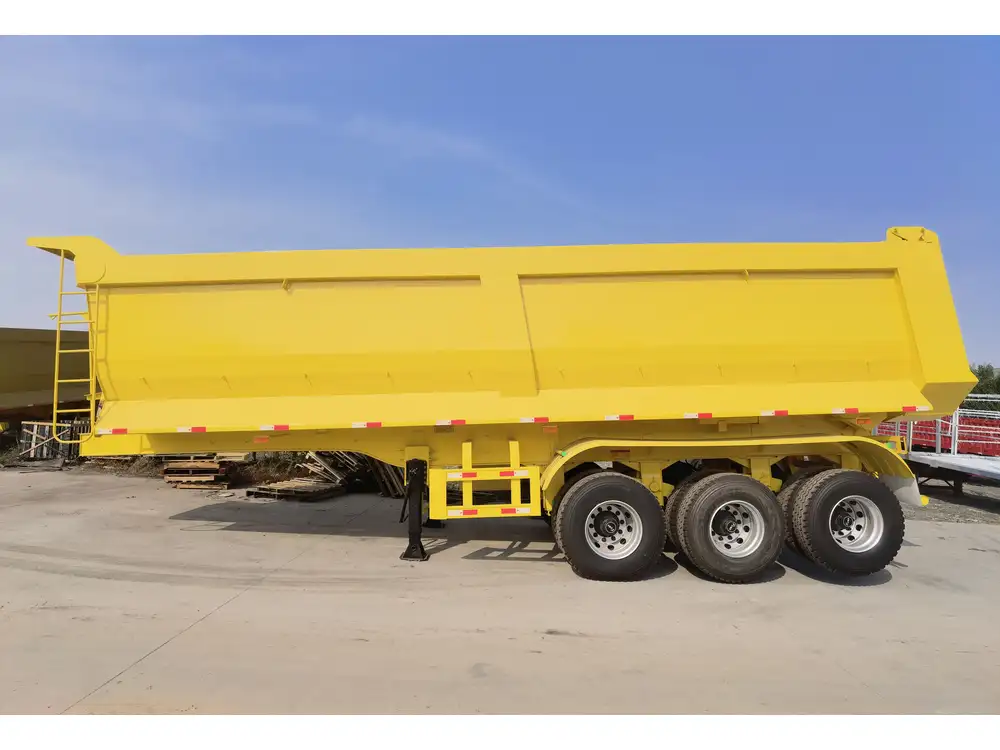
1. Technological Solutions
Technology offers innovative tools for preventing semi-trailers from becoming stuck:
- GPS and Navigation Systems: Advanced systems equipped with alerts about nearby railway crossings can promote awareness and proper vehicle management.
- Automation and Controls: Automated braking systems can prevent stalling at critical moments, enhancing safety.
2. Infrastructure Improvements
Improving crossing design and track maintenance should be a joint effort involving transportation authorities and railway companies. Regular evaluations of railway crossings, alongside public input, can inform targeted improvements.
3. Preventative Signage
Increasing the frequency and clarity of railway crossing signs can enhance driver awareness. Brightly colored and reflective signage, coupled with audible warnings, can significantly reduce occurrences of stuck trailers.
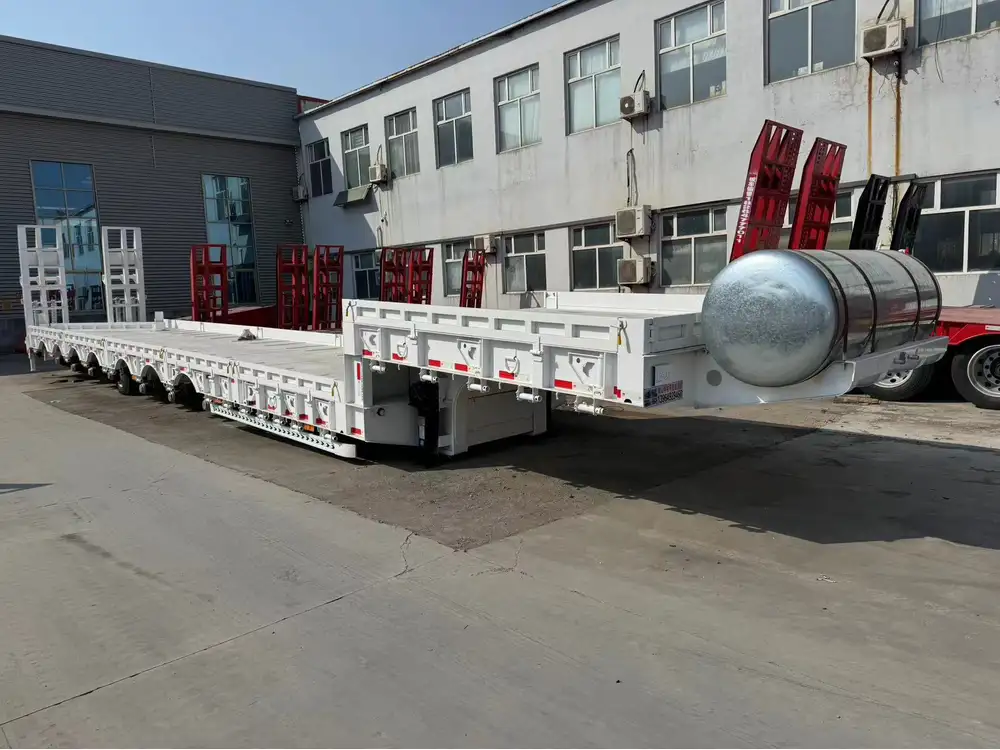
Conclusion
The complexity of how semi-trailers get stuck on railway tracks cannot be overstated. From driver-related factors, mechanical mishaps, to infrastructural shortcomings, multiple domains intersect to create a risk-laden environment for road-rail interactions. By analyzing these contributing factors in depth, we can develop effective strategies to mitigate risks and promote safer transport practices.
Investing in driver education, enhancing technological support, and pursuing infrastructural improvements will ensure semi-trailer operators remain informed, responsive, and safe on the road. As we drive forward into an increasingly complex transportation landscape, the commitment to understanding and addressing potential hazards will ultimately preempt tragedies, fostering a safer journey for everyone involved.



